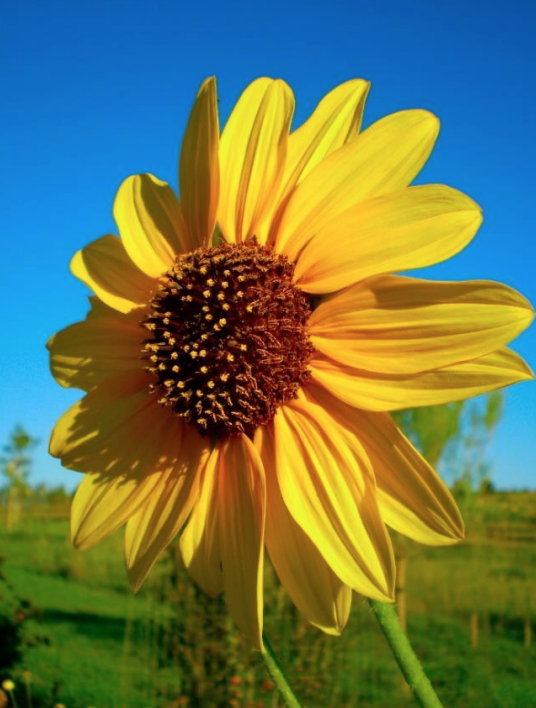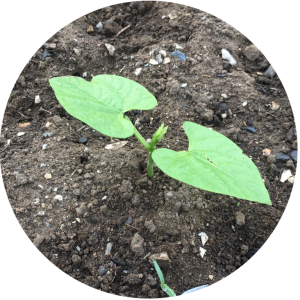 Although it can be tempting to get out in the garden on the first warm, sunny day, it’s important to wait until the soil has dried out before starting to work in the beds. In the meantime, there’s plenty to do to prepare for the upcoming growing season. This checklist will help prepare you for your spring planting blitz! View Resource »
Although it can be tempting to get out in the garden on the first warm, sunny day, it’s important to wait until the soil has dried out before starting to work in the beds. In the meantime, there’s plenty to do to prepare for the upcoming growing season. This checklist will help prepare you for your spring planting blitz! View Resource »
Planning a Pollinator Garden
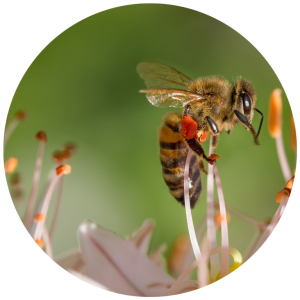 You don’t need a lot of space to start a pollinator garden. Even a few containers of flowers can attract hungry bees and butterflies. To plan a pollinator garden, students will need to know the basic needs of wildlife — food, water, shelter, and places to rear young. This guide will help you and your students learn about native pollinators and their habitat needs, and collect the necessary information for creating such a habitat in your schoolyard. View Resource »
You don’t need a lot of space to start a pollinator garden. Even a few containers of flowers can attract hungry bees and butterflies. To plan a pollinator garden, students will need to know the basic needs of wildlife — food, water, shelter, and places to rear young. This guide will help you and your students learn about native pollinators and their habitat needs, and collect the necessary information for creating such a habitat in your schoolyard. View Resource »
Free & Discounted Seeds for Youth Garden Programs
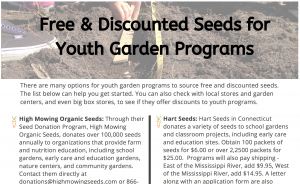 This document lists companies and organizations that provide free and/or discounted seeds for youth garden programs. This list is not specific to any state or region, so you may also want to check with local stores and organizations if you are looking to source seeds for your youth garden program. View Resource »
This document lists companies and organizations that provide free and/or discounted seeds for youth garden programs. This list is not specific to any state or region, so you may also want to check with local stores and organizations if you are looking to source seeds for your youth garden program. View Resource »
The Three Sisters
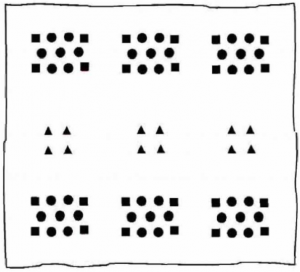 This comprehensive project (designed for 5th graders) incorporates concepts of plant physiology, companion planting, ecology, history, and ethnobotany. It links to Next Generation Science Standards and is written to span two school years, but concepts could be adapted for shorter lessons. View Resource »
This comprehensive project (designed for 5th graders) incorporates concepts of plant physiology, companion planting, ecology, history, and ethnobotany. It links to Next Generation Science Standards and is written to span two school years, but concepts could be adapted for shorter lessons. View Resource »
A similar lesson for younger students can be found here.
Want to cook with your Three Sisters harvest? Here’s a recipe!
Sunflower Garden for Young Children
You don’t need space for a huge garden to give children access to garden-based education! With a small sunny corner or even a larger 12’ x 12’ garden area at your early care and education site, you can create a sunflower garden to have a place of joy and beauty. This resources cover all the basics of starting a sunflower garden with young children, including materials needed and estimated costs as well as tips for involving young children in the garden. Related activities for each age group (infants/toddlers, 2-year olds, and 3 to 5 year olds and school age) are included along with connections to the Wisconsin Model Early Learning Standards. This resource is funded by the W.K. Kellogg Foundation of Battle Creek, Michigan. View Resource »
